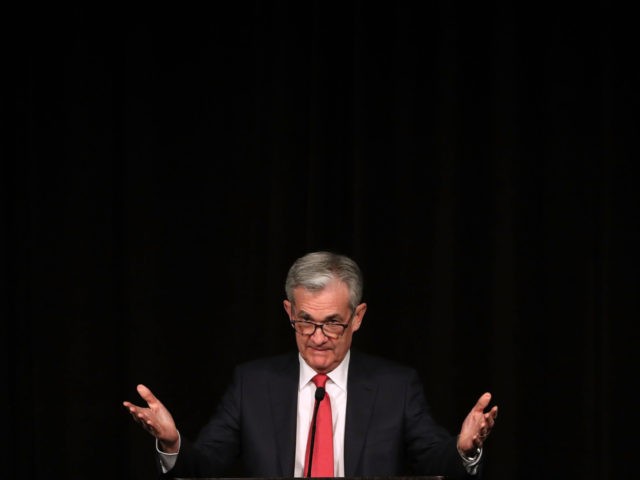JOE BIDEN = ANOTHER LAWLESS LAWYER REGIME
OPERATING FROM THE WHITE HOUSE
Biden Taps ‘Sanctuary City’ Supporter To Oversee ICE Prosecutions
Move comes as Biden administration faces an influx of illegal immigrants in Del Rio, Tex.

The Biden administration is tapping a left-wing attorney who has publicly endorsed sanctuary laws for illegal aliens to serve as Immigration and Customs Enforcement's top prosecutor, according to an internal memo obtained by the Washington Free Beacon.
ICE announced the hiring of Kerry Doyle, a longtime partner at the Boston-based law firm Graves & Doyle, as the agency's new principal legal adviser, a role that oversees 25 field locations and 1,250 attorneys. The office serves as ICE’s representative in all removal proceedings and litigates cases against illegal aliens and terrorists.
"Throughout her legal practice in Boston, Ms. Doyle worked closely with the Massachusetts Immigrant and Refugee Advocacy Coalition and Massachusetts Law Reform Institute providing technical assistance and public testimony and various immigration-related policy issues before the state legislature and Boston City Council," the ICE memo reads.
A spokesman for ICE did not immediately respond to a request for comment. Doyle's appointment comes as the Biden administration faces an influx of Haitian refugees, who are overrunning the border city of Del Rio, Texas. After reversing a bevy of Trump-era immigration rules, an uptick in illegal migration across the Southern border has strained resources and presented a political problem for the president, who repudiated Trump's hardline approach to policing the border but risks political blowback from an influx of illegal residents.
Doyle's LinkedIn profile spotlights her work as co-counsel in a case that pushed for — and won — a temporary restraining order against then-president Donald Trump’s 2017 travel ban. The attorney also spoke in favor of a Massachusetts bill called the "Safe Communities Act" in early 2020 arguing that ICE was "out of control." . The measure would have applied sanctuary city laws nationwide and sharply limited the state’s cooperation with the federal government on the deportation of illegal immigrants.
"The Safe Communities Act limits state cooperation … [with ICE]: don’t ask about immigration status; don’t pay for sheriffs to act as ICE agents; tell people their rights," a description of the bill by the American Civil Liberties Union of Massachusetts reads. In June, Doyle told a local news outlet that the state must pass the bill, saying state Democrats should not trust "the Biden administration’s more supportive tone as an excuse not to do what our state needs to do."
Doyle, who did not respond to a request for comment, has also helped represent illegal aliens convicted of crimes in the past. In March, she filed a petition with ACLU Massachusetts to release two criminal aliens with medical conditions, citing the COVID-19 pandemic. Doyle’s name has since been scrubbed from her previous law firm’s website.
One of President Joe Biden’s first executive orders in office was to suspend arrests, deportations, and investigations of most criminal aliens for 100 days. Deportations under Biden have hit a record low. U.S. immigration judges ordered just 25,000 deportations by the end of August, compared to 152,000 in August 2020. The total number of cases completed by immigration courts are at a 28-year low, even as Border Patrol apprehensions hit a 21-year high.
Doyle will succeed John Trasviña, who assumed the role in January.
Poll: Biden Job Approval Underwater in 38 States

President Joe Biden’s sliding job approval numbers are underwater in 38 states, according to the CIVIQS rolling job approval average.
Thirty-eight states show the president with a higher disapproval rate than approval according to the poll’s rolling average. This is compared to only 12 states that show the president with a higher approval rating.
Overall, the eight-month rolling average of the president’s job approval is now at 51 percent disapproval compared to only 41 percent approval, with eight people expressing no opinion. Biden’s net approval is at negative ten percent.
Broken down by age groups; 18-34, 35-49, 50-64, and 65-plus, all have a negative opinion of Biden as well.
The CIVIQS rolling job approval average had 103,689 responses from January 20 to September 20.
At the seven-month mark of the poll, Biden’s job approval was underwater in 37 states, with 12 states with a higher approval and one state polled at an even tie with 46 percent, Colorado. Overall, Biden had 50 percent disapproval and 43 percent approval at the time.
Biden’s poll numbers continue to have a downward trend since his botched Afghanistan withdrawal, killing 13 U.S servicemembers from a suicide bomber and leaving an unknown number of Americans, Afghan allies, and vulnerable Afghans trying to evacuate.
Some reports claimed there could have been up to one thousand more still needing to evacuate at the time.
Recently, the Republicans slammed the Democrats and Biden for passing a government funding bill after caving to the radical-left and removing the funding for Israel’s Iron Dome after multiple Democrats threatened to vote against the bill. The White House suggested that Biden approved of defunding the Iron Dome.
Follow Jacob Bliss on Twitter @jacobmbliss.
Fed Forecasts Higher Unemployment, Worse Inflation, Lower Growth

The economy looks significantly worse now than it did three months ago.
Federal Reserve officials downgraded their expectations for the economy, lowering their forecasts for growth and raising forecasts for unemployment and inflation, according to materials released Wednesday at the conclusion of the Fed’s two-day monetary policy meeting.
The new projections show the median expectation is for the economy to grow at an inflation-adjusted 5.9 percent this year, down from an expectation for seven percent growth at the June meeting.
Consistent with the view of slower growth, Fed officials also see unemployment higher than they did earlier this summer. The median forecast for the unemployment rate at the end of the year is 4.8 percent, compared with 4.5 percent in June.
Less growth and higher unemployment, however, are not expected to bring down inflation. Quite the opposite. The median forecast for inflation this year rose to 4.2 percent from 3.4 percent. Core inflation, which excludes food and fuel prices, is now expected to come in at 3.7 percent, up from three percent.
Both core and headline inflation are expected to be slightly higher next year, as well, and then to settle in at 2.1 percent in 2024.
GDP growth for 2023 was revised higher, indicating that Fed officials think supply chain disruptions will push growth off into the future rather than create a permanent drag. The expectations for unemployment beyond next year were unchanged.
No comments:
Post a Comment